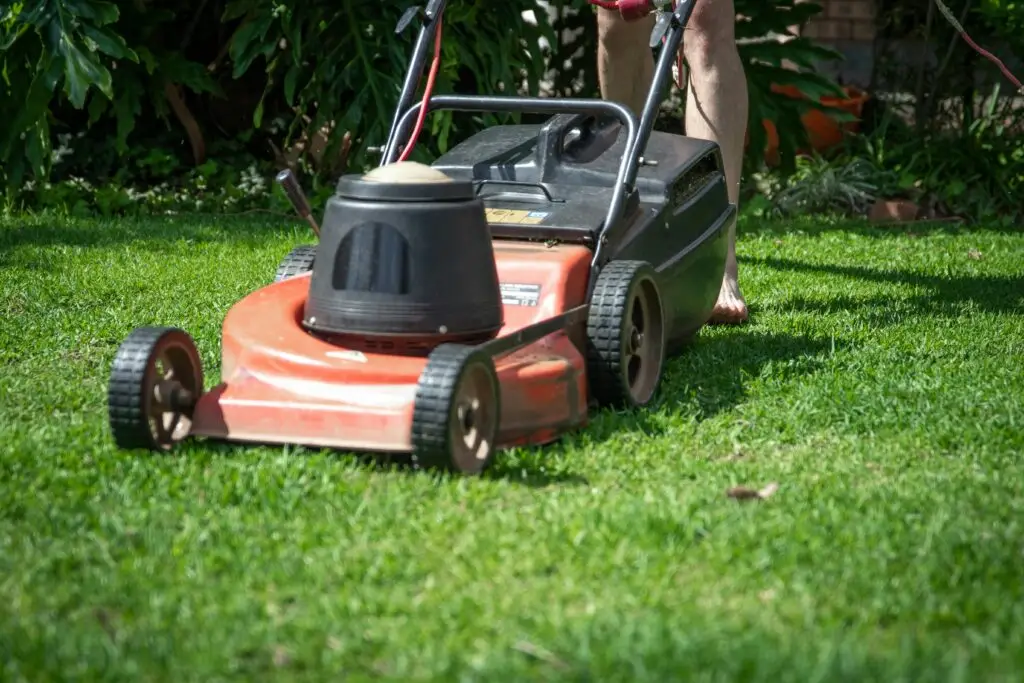Achieving a thriving, green lawn in Nebraska involves much more than simply cutting the grass now and then. For that immaculate, emerald carpet, you must adopt proven mowing techniques and practices.
While mowing might seem like a basic chore, success depends on timing your sessions correctly, keeping your mower in prime condition, and setting the proper cutting height.
This guide outlines the key do’s and don’ts of lawn mowing to help transform your yard into the pride of the neighborhood.

Schedule your mowing when the grass is dry to avoid clumping and to secure a neat cut. Early mornings or late afternoons are optimal, as the cooler temperatures and lower stress on the grass yield better results.
For a healthy lawn, never remove more than one-third of the grass blade in a single session. Over-cutting can shock the grass, hinder growth, and leave it more vulnerable to diseases.
Sharp blades are vital for a clean, precise cut. Dull blades tend to tear the grass rather than slice it, increasing its risk of pest infestation and disease. Regularly check and sharpen your mower blades to ensure peak performance.
Changing the direction of your mowing helps reduce soil compaction and promotes uniform growth. Alternate between different patterns—horizontal, vertical, or diagonal—to encourage the grass to grow upright and prevent the formation of ruts.
Modify your mower’s cutting height based on seasonal conditions. In cooler months, raising the cutting height can foster deeper root growth and protect the lawn from cold stress, whereas a slightly lower setting in the warmer months keeps your lawn looking tidy.
Don’t be quick to bag your grass clippings. Left on the lawn, these clippings naturally decompose and return vital nutrients to the soil, effectively acting as a natural fertilizer—especially when using a mulching mower.
Cutting wet grass can lead to uneven results and increase the risk of disease. Moist clippings may clump together, suffocating the grass and fostering fungal growth. Always wait until the lawn is dry before you mow.
When navigating around trees, shrubs, and other features, take extra care to prevent accidental damage. Use a trimmer or hand shears to neatly groom areas too close for the mower, ensuring your plants remain unharmed.
Routine upkeep is essential for efficient mower performance. After each use, clean the undercarriage to remove grass buildup, and periodically check and replace components such as air filters, spark plugs, and oil to keep your mower running smoothly.
Consistent lawn care involves more than just regular mowing. Water deeply but less frequently to promote strong root systems, and fertilize based on your lawn’s specific needs. A well-nourished lawn is better equipped to handle stress and retain its vibrant color.
By putting these top lawn mowing practices into action, you’ll be on your way to a lush, healthy yard that enhances the beauty of your outdoor space. And if you’d rather enjoy the rewards of a stunning lawn without the hard work, get in touch with Priority Lawn and Landscape today!